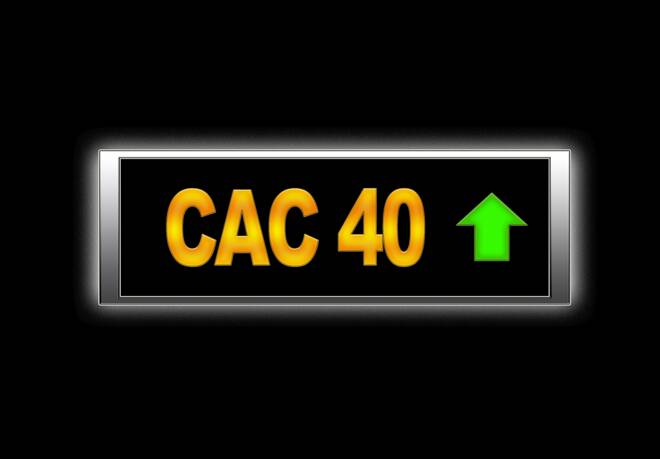Advertisement
Advertisement
The EUR Hits Reverse in Spite of Impressive Manufacturing PMIs for February
By:
Impressive manufacturing PMI figures failed to impress the EUR, while supporting the European Boerses...
It was a busy morning on the economic calendar, with economic data from France, Germany, Italy, Spain, and the Eurozone in focus.
Manufacturing Sector Activity
It was another positive set of numbers this morning.
Spain’s manufacturing PMI rose from 49.3 to 52.9, with Italy’s manufacturing PMI increasing from 55.1 to a 37-month high 56.9. For Spain, it was the highest reading since Jul-2020.
Finalized numbers from France and Germany were also better than prelim figures.
The French manufacturing PMI rose from 51.6 to 56.1 in February, revised up from a prelim 55.0.
In February, Germany’s manufacturing PMI rose from 57.1 to 37-month high 60.7, revised up from a prelim 60.6.
As a result of the pickup in member state manufacturing sector activity, the Eurozone’s manufacturing PMI increased from 54.8 to 57.9. This was up from a prelim 57.7.
According to the Eurozone’s finalized manufacturing Market Survey,
- Operating conditions improved to the greatest degree in 3-years.
- All 3 broad market groups recorded an improvement in operation conditions.
- Investment goods producers registered the strongest growth (best since Jan-2018), followed by intermediate goods.
- Consumer goods recorded relatively modest growth but the most marked since Sep-2020.
- Manufacturing sector growth was broad-based, with the exception of Greece.
- Germany and the Netherlands continued to sit at the top of the table, with export gains remaining particularly strong.
- Austria recorded the best performance in 3-years, whilst France and Italy saw the most marked gains since the beginning of 2018.
- Spain and Ireland recorded relatively modest growth, however.
The details:
- Both output and new orders drove the manufacturing PMI higher for the Eurozone.
- In both cases, the upticks were the best since October’s recent peaks.
- Higher exports, the strongest since Jan-2018, were a key driver to overall new order gains.
- Input costs rose sharply, with inflation reaching its highest level in nearly a decade.
- As a result of improving demand, however, firms were able to pass some of the higher expenses to clients.
- Output prices rose at the sharpest rate since Apr-2018.
- On the employment front, staffing levels increased for the first time in nearly 2-years.
- Confidence about the future continued to strengthen, with optimism hitting hits highest ever level in February.
Market Impact
Through the release of today’s stats, the EUR fell from $1.20706 to a current day low $1.20446.
At the time of writing, the EUR was down by 0.21% to $1.20451. Earlier in the day, the EUR had struck a current day high $1.21012 before hitting reverse.
While the EUR was under pressure, it was a different story for the European boerses, which made further progress following the release of the numbers.
At the time of writing, the DAX30 was up by 1.28%, with the CAC40 and EuroStoxx600 up by 1.64% and by 1.75% respectively.
For the European majors, the early gains came in spite of PMI numbers from China disappointing. While manufacturing sector growth was slower, firms were particularly optimistic about what lies ahead…
Next Up
Prelim inflation figures from Italy and Germany ahead of ISM Manufacturing numbers from the U.S. Finalized Market PMI numbers are also due out of the U.S but should have a muted impact on the European majors.
About the Author
Bob Masonauthor
With over 28 years of experience in the financial industry, Bob has worked with various global rating agencies and multinational banks. Currently he is covering currencies, commodities, alternative asset classes and global equities, focusing mostly on European and Asian markets.
Advertisement
